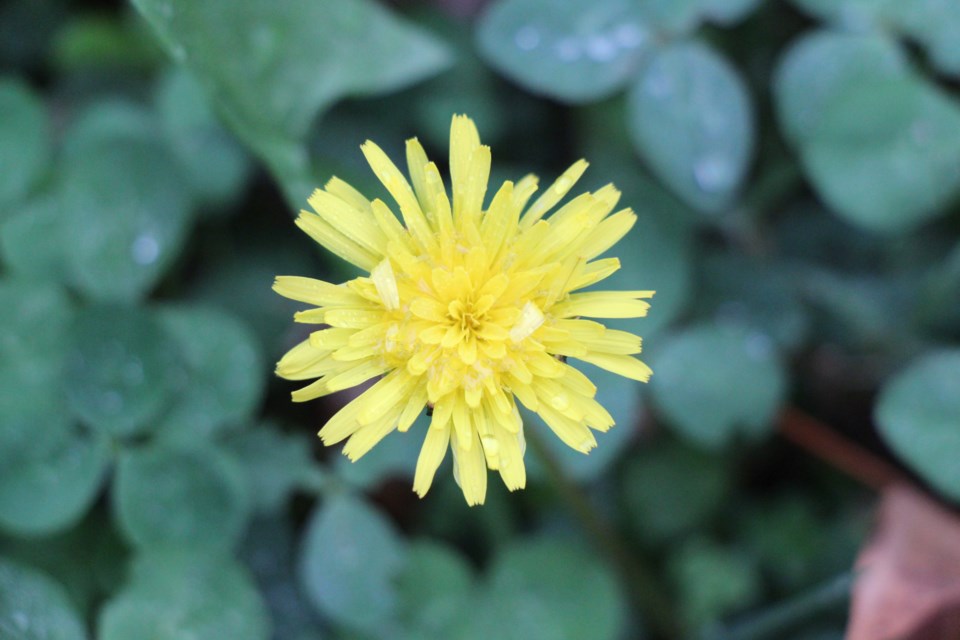Getting behind with weeding is surely among the top three gardening problems here on the West Coast. Some people like to smother weeds while others prefer pulling. Then there are the mavericks who strew them on paths or mulch with them or even eat a few of the tastier ones.
Young dandelion shoots can be used in salads. So can sorrel and cut-small chickweed. When boiled, young stinging nettles make a delicious (non-stinging) substitute for spinach. So do Lambs Quarters, though this cooks down to almost nothing. Chickweed cut small is a fresh-tasting salad green.
But the most earth-friendly weeding tactic is mulching with plant material. It’s especially useful in organic veggie gardens. Natural mulch conserves moisture, earthworms love to breed in it and if plant-based mulch is left on garden beds through winter, birds forage there endlessly.
Gardeners with lawns, find the cheapest and most easy way to mulch is grass clippings. It’s best to hold the clippings back slightly from tiny vegetable seedlings. You can move it closer as they grow.
Since lawns also need nourishment, it’s best to keep grass length at about 8cm and sprinkle nutriments or compost on lawns in spring or fall. Once the veggie garden doesn’t need any more mulch, the clippings can just remain on the lawn.
Other useful mulches for vegetables include straw — though some straw is quite seedy. Weed-free compost makes another good mulch.
Commercial compost isn’t organic but it’s always weed-free. Home compost is variable. Well-composted manure is a good mulch for heavy feeders such as corn or rhubarb.
When weeds get quite out of hand, a great job of smothering weeds and their seeds can be done by black plastic. Unfortunately it tends to tear and fragment if left in one place more than a year.
Clear plastic breaks up even faster than black plastic, but it can only be used briefly for solarization because clear plastic magnifies the heat of the sun to oven temperatures. This roasts any weeds and surface seeds laying under it. This weed-clearing method only works when there’s hot temperatures and sunny weather for about six weeks.
Cardboard or newspaper makes a good base for a garden bed of mounded soil and compost. Ultimately both barriers rot so that deep-rooted plants can establish themselves well.
Tightly woven landscape fabric makes a good weed barrier under a gravel or paver path for virtually every weed except couch grass (a.k.a. quack grass).
This perennial grass with its fat, white needle-pointed roots can punch through many landscape fabrics. If it appears in gravel, it’s much easier to attack from above.
Boiling water kills top growth most effectively though it should never be used in gardens anywhere near toddlers, pets or by people with balance problems. Other organic weedkillers are usually based on horticultural vinegar. You may need to douse the offenders several times.
Note:
The brand-new Grandview garden club will hold its first-ever meeting 7 to 9 p.m., April 16 at Astorino Hall, 1739 Venables (northwest corner of Commercial Drive). Membership is $20 per year. More info at grandviewgardenclub.blogspot.com.
Anne Marrison is happy to answer garden questions. Send them to her via [email protected]. It’s helpful if you can add the name of your city or region.



